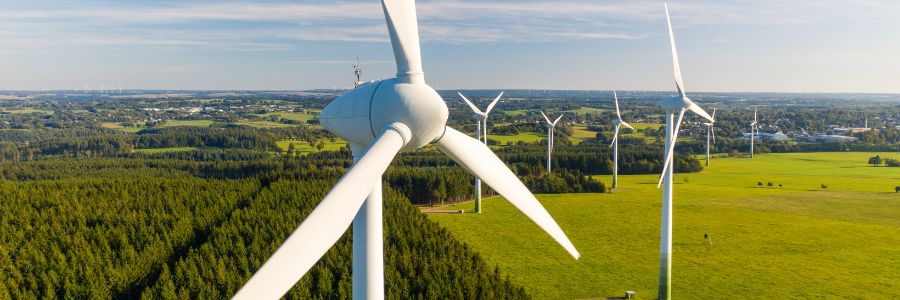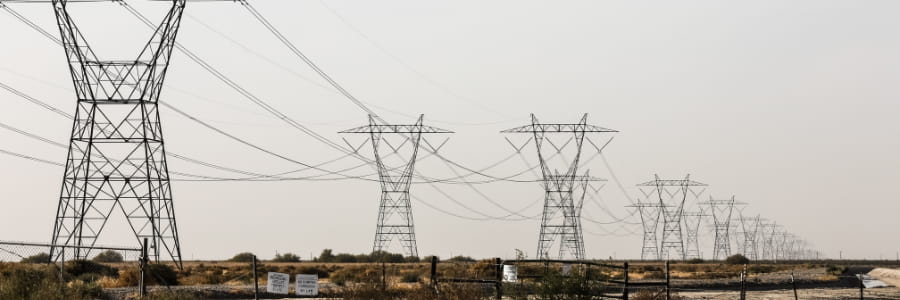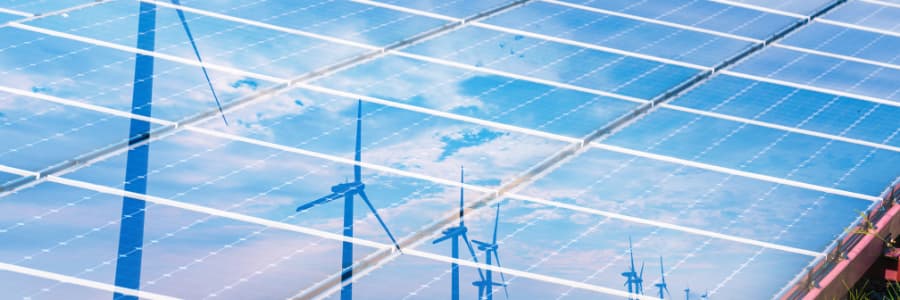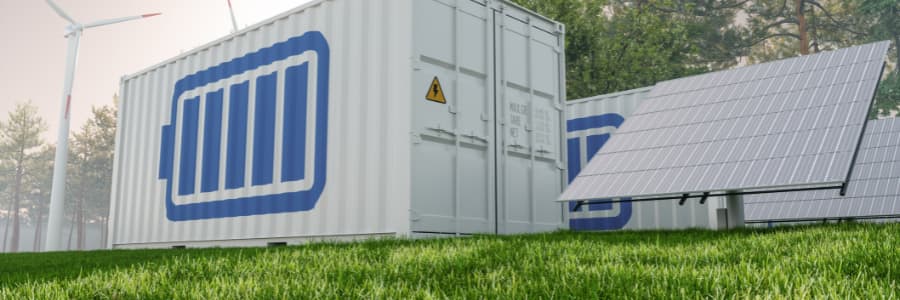Load shifting is quickly becoming a key currency for energy companies. Increased electrification, changing energy production and evolving customer needs put a premium on the ability to smooth our energy peak loads. Without this ability, energy companies and consumers run increased risks of blackouts and higher energy prices.
In an evolving field, energy companies are deploying load shifting strategies to bolster grid resilience and optimise the use of existing resources.

Load shifting is sometimes also referred to as load balancing or demand shifting.
It centres on shifting energy use from peak periods to non–peak times. This can be achieved through means like switching off electric equipment during high-demand periods, variable energy pricing, and more.
Load shifting is often complemented by peak shaving, which focuses on short-term additions of extra energy sources or shedding energy use. The central difference is that peak shaving does not seek to delay or shift energy use.

Load shifting presents multiple benefits for energy companies and consumers, particularly in terms of cost efficiency and grid management. Effective load balancing allows businesses and individual consumers to reduce their power consumption and, thereby, their energy bills. Smoothing out energy demand peaks also reduces grid strain and lowers the risk of power outages.
Load shifting helps maintain an even energy load across the grid, preventing overloads and potential equipment damage. This enhances infrastructure longevity and lowers operational costs for energy companies. Minimising peak loads also helps maximise the effectiveness of existing systems and infrastructure and minimises the need for costly additional development projects, including new power lines, transformers and generators, leading to significant Capex savings.

Finding the most effective load balancing strategies rarely centres on a single solution. Integrating a blend of approaches that collectively help optimise grid stability and efficiency tends to provide the best results.
An excellent first step is conducting a thorough assessment of each strategy’s infrastructure and solution requirements to function optimally. This includes the current and expected future grid system capacity and the potential influence of new technologies, such as smart grids or advanced energy storage solutions.
Analysing each strategy’s infrastructure needs and specific benefits can inform energy companies’ decisions and help create a comprehensive, future-proof load balancing plan.
Such a plan will likely include one or more of the following load shifting strategies.

Summary: The growth of EVs makes managed EV charging a powerful pillar of load shifting. It involves controlling electric vehicles’ charge time and rate via advanced smart charge functionality.
Utilities can incentivise drivers to charge during off-peak hours or when the grid is under stress. This strategy stabilises the grid and extends the lifespan of existing grid infrastructure. Some solutions can be integrated directly into existing solution portfolios, slashing development costs and times.
Benefits: Reduced peak load stress, increased grid resilience, plug-and-play load shifting, and turning EVs from a load shifting challenge into an asset.
Infrastructure needs: Advanced smart charging capability and a central management system to remotely control charging based on grid demands.

Summary: Most load shifting strategies revolve around incentivising energy users to move consumption times. This often involves demand response programs (DRP) providing financial incentives for such actions. These programs will usually rely on communication with smart meters and other sensors to quickly adjust consumption patterns across residential and commercial properties, effectively decreasing the overall demand on the grid.
Benefits: Reduced power consumption during peak periods, shifting energy usage to off-peak times to stabilise the grid, and increased customer attraction and retention.
Infrastructure Needs: Sensors like smart meters, IoT devices, and energy management systems that can respond to utility signals to monitor, adjust, and move consumption.

Summary: DERMS integrate distributed energy resources, such as solar panels, wind turbines, small-scale batteries, and EVs, into groups. Managing these groups and being able to adjust energy production, storage, and consumption between them enhances grid flexibility and resilience. One way is to support peak load management through localised energy production and consumption.
Benefits: Optimises the production and storage of energy from distributed sources like solar panels and small wind turbines.
Infrastructure Needs: DERMS require advanced software to predict, visualise, and manage the resources and integrate them smoothly into the grid.

Summary: Energy storage through systems like batteries and pumped hydro can be vital load balancing components. Energy storage systems act as buffers. For customers, having access to something like a battery system increases the possibility of delaying energy use to off-peak times, which helps cut energy costs. For energy companies, the systems provide a way to store production from the likes of renewables and ensure a more consistent energy supply and delivery, which lowers stress on the grid.
Infrastructure needs: Various storage technologies like battery storage systems, pumped hydro storage, or flywheel energy systems.

Summary: Smart grid technologies incorporate advanced sensors, meters, and controls into the grid to provide utilities with real-time data and the ability to manage power flows dynamically. This modernisation facilitates more precise demand forecasting, enhances the detection and response to grid issues, and supports the integration of renewable energy, contributing to overall grid stability.
Benefits: Increases the overall flexibility and efficiency of the grid, allowing for real-time monitoring and faster response rates.
Infrastructure Needs: Advanced metering infrastructure and IoT devices provide real-time data analytics and control over the grid’s operational status.

Each of these strategies plays a crucial role in achieving a balanced grid that can handle the dynamic demands of today’s energy needs while paving the way for a more sustainable energy future. By implementing these solutions, energy companies can ensure that their networks are more efficient and resilient against the fluctuations inherent in modern energy landscapes.